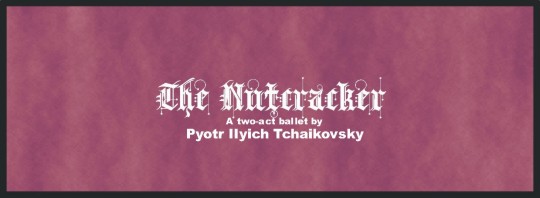Recently, I participated in a Facebook discussion about “rules” and formal education in art. Most participants bragged about being self-taught and defying rules. I found myself a lone voice defending the benefits of basic art training. In short Facebook bursts, I found it impossible to make them understand that their objections were unfounded. I really wanted to ask them to list these rules they found joy in breaking.
Rules in art are NOT arbitrary laws decided upon by academics. They are observations of reality discovered by artists. As such they can no more be broken than the rule that the sun comes up in the east every morning. Nobody decided that red and yellow should make orange, we noticed that they always do and nothing else will.
Don’t want to take anybody’s word for it? Okay, go buy all 48 different colors available in acrylic paint and spend a few days trying different combinations to get that orange you need - be sure to keep records of what went into each test spot. Or you can take a class in color theory and understand how to achieve any color you want and get on with your painting. You’ll also save a lot of money by buying only those colors needed to complete your palette. (The rule is one warm red, one cool, one warm yellow, one cool, etc.)
Color comes with a lot of rules, like reds and yellows are warm and seem to come forward, blues and purples are cool and seem to recede. But each color can be adjusted to be cooler or warmer. Nobody made these rules, they are observable truths.
Rules of anatomy are similarly observations of reality. If you want your drawing or sculpture of a person to look real and natural, it helps to know that all normal human bodies have certain proportions and limitations. Skilled artists break these rules all the time for effect , but they know why and how so it doesn’t look accidental or ignorant. (That’s ignorant as in not having learned something as opposed to stupid which cannot learn. Ignorance can be corrected.)
I could go on and on, and on. Even such “rules” as the Golden Rectangle, odd is better than even, don’t center the focal point or horizon line - all these result from normal human perception. Every art teacher I ever heard mention any of them, said of course, they could be broken, but such work would usually be weak or awkward. Observers would not like it.
I don’t think I was especially lucky in my college art study. It was a standard state university where they taught the basic principles: drawing, color theory, how to stretch a canvas, constructive drawing, perspective, how to manipulate paint and other media - stuff like that. I was taught basic techniques and materials and given as many tools as possible so I could find my own best way of doing art. Or ways, plural.
One objection I met in the Facebook discussion was that people wanted to be free to experiment, not be told what to do. Well, kids, experimentation is expected, REQUIRED in art school. Art cannot be taught in a lecture - only art history. Art teachers are there to help the student understand and get past the frustrations that the person going it alone must face alone. Any teacher who insists you learn a bunch of little rules and tricks is no art teacher at all. He is strictly a hack.
On the other hand, I do admire self-taught artists. They had to work a lot harder and waste a lot of extra time and effort bumbling around in the dark to get there on their own. I am concerned about the blind spots or distorted concepts they may have from learning hit or miss.
I believe being an artist requires both talent and training (whether random or formal). Neither
is enough by itself. Kinda like heart and head. I also believe you can overtrain. The only point I can see in getting advanced degrees in art is to satisfy school requirements for teaching.
Another point that didn’t come up in Facebook is personal style. A fellow college student in costume design was really concerned with developing a style in her drawing. What she really needed to do was learn to draw decently! Personal style is not something the artist deliberately overlays on his work. It is the indefinable result of the way he works by which others recognize his work as his.
What do you think?
